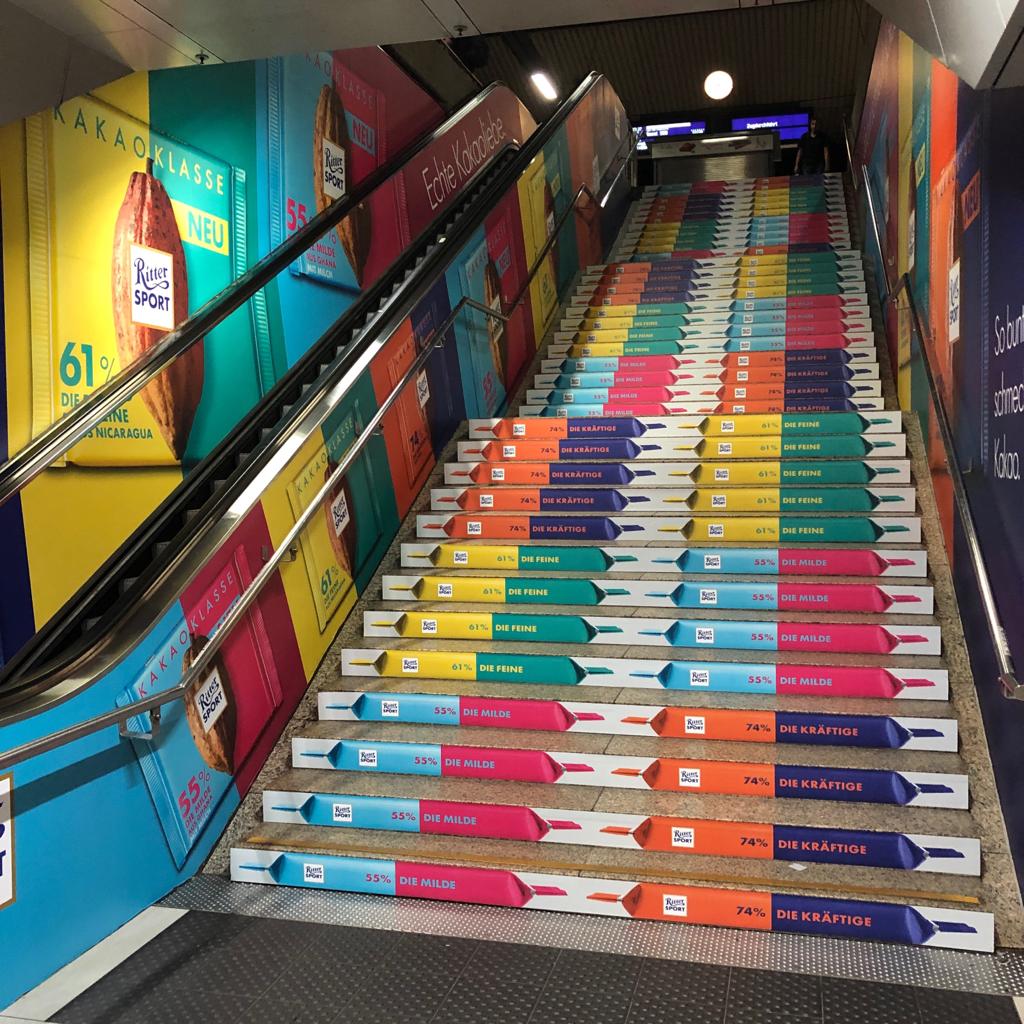Guidance on planning and budgeting for large-scale graphics projects, including cost considerations and resource allocation
Planning and budgeting for large-scale event graphics can be a daunting task, but with the right approach, you can ensure a successful outcome without breaking the bank. Large-scale graphics play a pivotal role in creating a visually stunning and impactful event experience. Here’s a comprehensive guide on how to effectively plan and budget for your large-scale graphics projects.
1. Define Your Objectives and Scope
Identify Key Objectives: Start by defining the objectives of your event and how graphics will contribute to achieving these goals. Are you aiming to create brand awareness, enhance attendee engagement, or promote a specific message? Understanding your objectives will help you determine the type and scale of graphics needed.
Outline the Scope of Work: Determine the extent of the graphics required, including the number of pieces, their sizes, and their locations. Consider whether you need graphics for banners, signage, backdrops, or digital displays. A clear scope of work will help in accurate budgeting and resource allocation.
2. Conduct a Needs Assessment
Evaluate Event Space: Assess the dimensions and layout of your event space to determine how large-scale graphics will fit. Measure available wall and floor areas, and consider any existing structures or limitations that may impact your graphics placement.
Consider Graphic Types: Identify the types of graphics that will best suit your event. Options include vinyl banners, fabric backdrops, digital screens, and custom props. Each type has different cost implications and design requirements.
3. Develop a Detailed Budget
Itemize Costs: Create a detailed budget that includes all potential costs associated with large-scale graphics. This should cover design, production, materials, installation, and any additional expenses. Don’t forget to include contingency funds for unexpected costs.
Allocate Resources: Budget for both human and material resources. Include costs for graphic designers, printers, installers, and any other professionals involved in the project. Additionally, factor in costs for materials, equipment rental, and shipping.
4. Choose the Right Materials and Printing Techniques
Select Materials: Choose materials based on durability, aesthetics, and budget. Options like fabric, vinyl, and mesh each have different price points and suitability for various environments. High-quality materials often come at a higher cost but provide better durability and visual impact.
Consider Printing Techniques: Different printing techniques can affect your budget. Digital printing, screen printing, and large-format printing each have varying costs and applications. Discuss your options with your printer to select the best technique for your project.
5. Plan for Design and Production
Engage a Professional Designer: Work with a professional graphic designer experienced in large-scale projects. They can help translate your vision into impactful designs while ensuring that all elements adhere to your brand guidelines and event objectives.
Allow Time for Production: Factor in sufficient time for design, proofs, and production. Large-scale graphics may require extended lead times for printing and finishing. Ensure your timeline includes buffer periods to accommodate any revisions or delays.
6. Manage Installation and Setup
Coordinate Installation: Plan for the installation of your graphics well in advance. Coordinate with your installation team to ensure that they have all necessary equipment and access to the venue. Consider any logistical challenges, such as restricted access times or special requirements.
Conduct a Pre-Event Walkthrough: Perform a walkthrough of the venue with your installation team before the event. This helps to identify any potential issues and ensures that the graphics are installed according to your vision and specifications.
7. Monitor and Adjust as Needed
Track Expenses: Monitor your budget throughout the project to ensure that costs remain within limits. Keep detailed records of all expenses and adjust as needed to address any budgetary concerns.
Evaluate the Impact: After the event, evaluate the effectiveness of your large-scale graphics. Gather feedback from attendees and review how well the graphics met your objectives. Use this information to refine your approach for future projects.
8. Plan for Post-Event Considerations
Assess Graphics for Future Use: Determine whether any of the graphics can be reused or repurposed for future events. This can help save costs and reduce waste. Store and maintain graphics properly to ensure they remain in good condition for future use.
Review Vendor Performance: Evaluate the performance of your vendors, including designers, printers, and installers. Provide feedback and consider their services for future projects based on their performance and adherence to your budget and timeline.
Conclusion
Planning and budgeting for large-scale event graphics requires careful consideration and strategic planning. By defining your objectives, conducting a thorough needs assessment, and managing your budget effectively, you can create impactful graphics that enhance your event and stay within financial constraints.
EventGraphics is here to guide you through every step of your large-scale graphics project. From design and production to installation and evaluation, our team is dedicated to delivering exceptional results. Contact EventGraphics – The Event Graphic Specialists today to learn how we can help you achieve a stunning and successful event.

